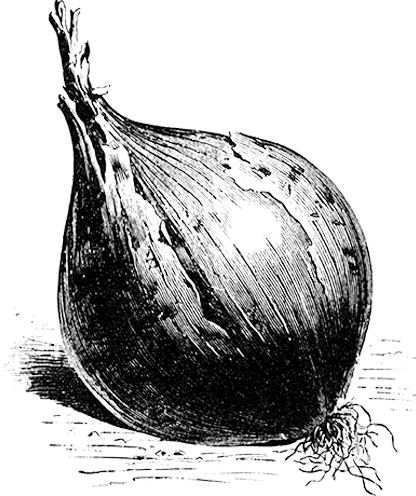Information
| Product number: | 5675 |
|---|---|
| Scientific name: | Brassica napus var. napobrassica |
| Botanic family: | Korsblommig-Brassicaceae |
| Organic: | Yes |
| Days to maturity: | 85 |
| Lifespan: | tvåårig |
| F1 Hybrid: | No |
| New variety: | No |
| Sowing time: | April–June |
| Sowing depth: | 1 cm |
| Germination time: | 4–7 days |
| Plant spacing: | 15–20 cm |
| Row spacing: | 40–50 cm |
| Height: | 40–50 cm |
| Plant location: | Sun–Half shade |
| Harvest/blooming: | June–November |
| Seeds/g: | 300–500 seeds |
| Heirloom variety: | No |
Cultivation advice
Sowing
Sow about 1 cm deep directly as soon as the soil has warmed up a bit. If there is a great risk of attacks by the cabbage-fly, wait with the sowing until the latter half of June. The swarming time of the flies is then almost over and they have done their worst. Sow later as well if the roots are to be stored.The swede can be pre-cultivated in a hot-bed or indoors for an extra early harvest. Then sow thinly, about 1cm deep, 4-6 weeks before setting out the plants as planned! The seeds want warmth when germinating, preferably just above 20°C. After sprouting they should be in a light, cool and airy place to avoid lankiness and attacks by root-neck rot but not lower than 14°C for any length of time. Low temperature increases the risk of bolters a lot. Temper the plants gradually before setting them, when the risk of frost is just about over. Most kinds of cabbage can handle a night of light frost. Set out the seedlings a little deeper and tread down the soil preventing the cabbage flies laying their eggs. Many early sorts can be sown directly as soon as the soil has warmed up. Do not allow the sowing to dry out and look out for the flea-beetles.
